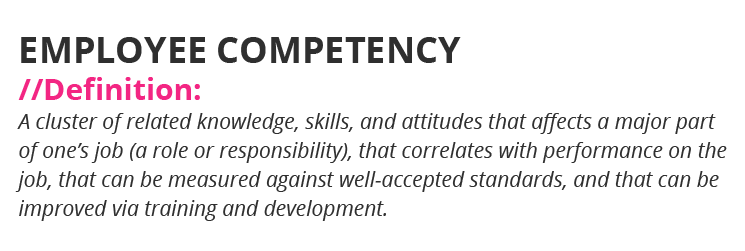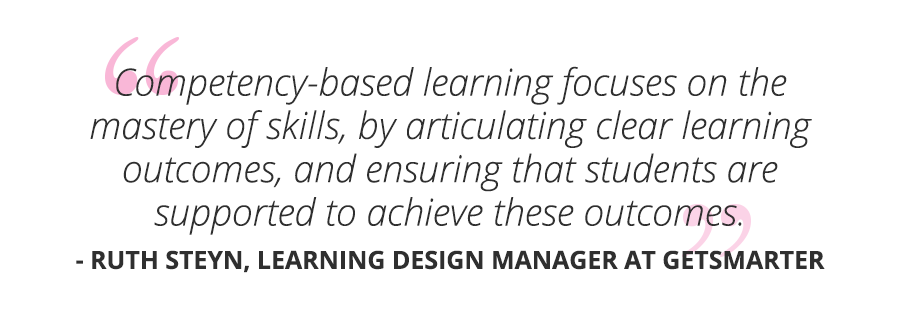Influence your ROI with corporate training and development strategies

If the money you’re investing into the training and development of your employees does not seem to be having the impact on company revenue you would’ve hoped, it may be attributed to one thing: scrap learning.
This phrase simply refers to training and development that’s taken onboard by employees but never applied to the job, which comes with high costs to the company.
Skillsoft’s VP, Global Customer Insight, Kieran King explains, “The failure of learning transfer costs companies millions of dollars a year in wasted expenditures and probably several times that in lost opportunities.”
Scrap learning occurs because employees are not focused on mastering a specific skill or gaining a specific learning outcome. Instead, they’re attending skills development courses and training programmes because they’re expected to complete a certain number of professional development hours, and merely required to “pass” the course.
But mastery is more important than minutes.
Turn your training into a competency-based learning experience
Defined by the US Department of Education as “any type of learning that allows learners to progress as they demonstrate mastery of academic content, regardless of time, place, or pace of learning”2, a competency-based development and training strategy holds a number of benefits for both the employee and employer:
- Allows employees to self-assess and determine what specific skills development they need to advance in their career
- Provides greater ROI for the organisation as employees are more engaged in developing skills that can actually be applied to the job
- Aligns courses, learning resources, and assessments to well-defined goals
- Compels employers to better understand the competencies and learning outcomes needed by their employees
How competency-based training and development keeps your workforce engaged
72% of organisations surveyed said one of the most important factors in an individual’s decision to stay with or join an organisation is the opportunity for real skill building through skills development courses.3

By focusing on exit-level outcomes, a competency-based training and development strategy will give your employees more promotion opportunity, as they bulk up their skills portfolio, motivating them to become increasingly engaged with your organisation.
Competency-based training and development courses and programs stand out because they focus on developing the specific skills needed to expand and improve an organisation’s core competencies, aligning employees skill sets to an organisation’s needs.
“Meaningful assessment of skills and knowledge gained is central to competency-based education: for example, if the desired skill is the ability to develop a social media marketing strategy, you wouldn’t want to assess students on this competency in a multiple-choice quiz”, says Ruth Steyn, the Learning Design Manager at GetSmarter

With this model of learning, employees complete the skills development training courses once they’ve proven they’ve mastered the material. On top of that, if the skills development course is presented on a platform which keeps the learner engaged, the issue of development and training not being put into practice is going to be replaced with an engaged and skilled workforce.
What competency-based training and development strategy do you need to boost your bottom line?
Gain skills you can apply immediately in your workplace by taking the Training and Development Management online short course.